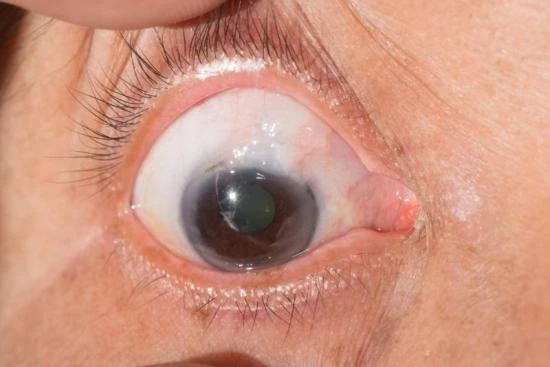The Glaucoma, is a complex eye disease, is one of the leading causes of blindness worldwide. It is characterized by an increase in intraocular pressure that progressively damages the optic nerve, leading to irreversible vision loss.
Several medical and surgical approaches have been developed to treat trabeculectomyin Turkey.
Price of trabeculectomy surgery for glaucoma in Turkey
Take advantage of attractive rates for your trabeculectomy in Türkiye with Turquie Santé. Our packages include the cost of the surgery in a state-of-the-art clinic, post-operative care and interpreter, airport/clinic/hotel transfer, etc.
Get a personalized quote now, a free online consultation, or more information on the cost of trabeculectomy at our partner clinics in Turkey by simply filling out our online form. Don't miss the opportunity to receive quality care at competitive prices.








